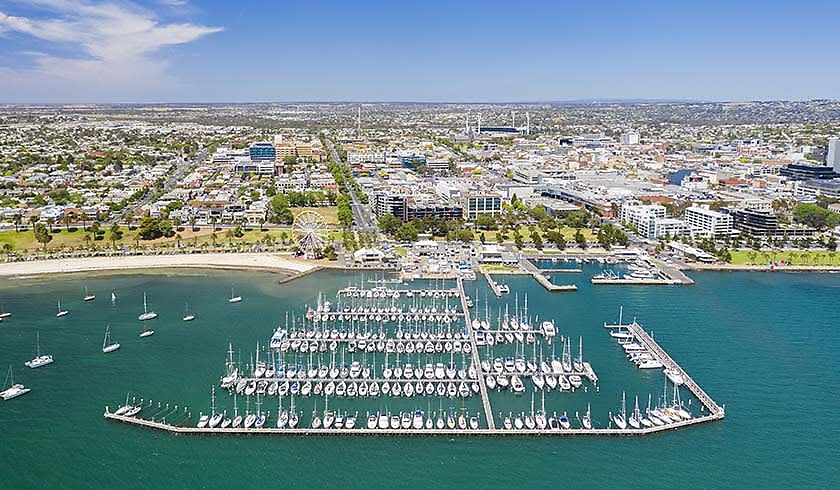The regional towns driving Victoria’s rebound
Prices across the state are down over the past 12 months, but regional houses have recently buoyed the numbers with strong quarterly growth.

According to the latest quarterly median data from the Real Estate Institute of Victoria (REIV), the March 2024 quarter pushed the state further along the road to recovery in terms of recent price losses, with regional houses leading the charge.
To continue reading the rest of this article, please log in.
Create free account to get unlimited news articles and more!
Several suburbs across Greater Geelong returned strong results, with quarterly rises ranging from 1.6 per cent to 4.5 per cent. The standout suburbs included Newtown, where a median house price now sits at $1,165,000, Clifton Springs ($700,000), Newcomb ($591,250), Bell Post Hill ($645,000), Norlane ($460,000) and Bell Park ($630,000).
Greater Bendigo also experienced upward momentum of between 1 per cent and 3.5 per cent. White Hills ($507,500), Epsom ($600,000), Kangaroo Flat ($507,500) and Heathcote ($557,500) were the strongest performers.
Some of the smaller regions charged even farther ahead, with Gippsland suburbs returning double digit rises. Lakes Entrance climbed 14.3 per cent during the quarter to $677,500, Foster rose 11.5 per cent to $680,000, and Rosedale increased 9.5 per cent to $520,000.
On the Surf Coast, Jan Juc climbed 14.3 per cent in the year to a median of $1,320,000. Anglesea experienced an annual rise of 10.9 per cent to $1,760,000, while Winchelsea and Inverleigh saw rises of 6.3 per cent and 13.7 per cent respectively.
Across metropolitan Melbourne results were mixed, though the area ultimately rose 2 per cent, driven by strong results in Monash as well as some of the city’s prestige markets.
Glen Waverley was up 11.8 per cent, Mulgrave rose 10 per cent, Burwood increased 7.7 per cent, Mount Waverley 7.1 per cent, Wheelers Hill saw 4.8 per cent positive growth.
Houses in Malvern and Brighton, meanwhile, returned results exceeding 35 per cent, bringing the median house price to $3,265,000 and $4,135,000 respectively.
REIV president Jacob Caine said the quarter made “a case for confidence and optimism with prices stable and both auction and transaction volumes high”, though he acknowledged that housing supply shortages are causing challenges for industry and consumers alike.
He attributed much of the growth to the continued and growing attraction of regional towns.
“While the quarter saw an overall steady recovery in prices across the state, it’s pleasing to see Regional Victorian centres standing out as drivers of house price growth. Cities like Bendigo and Greater Geelong are attracting buyer interest for their lifestyle appeal and amenity, and all offer affordable buying options that are harder to find in metropolitan Melbourne,” said Caine.
